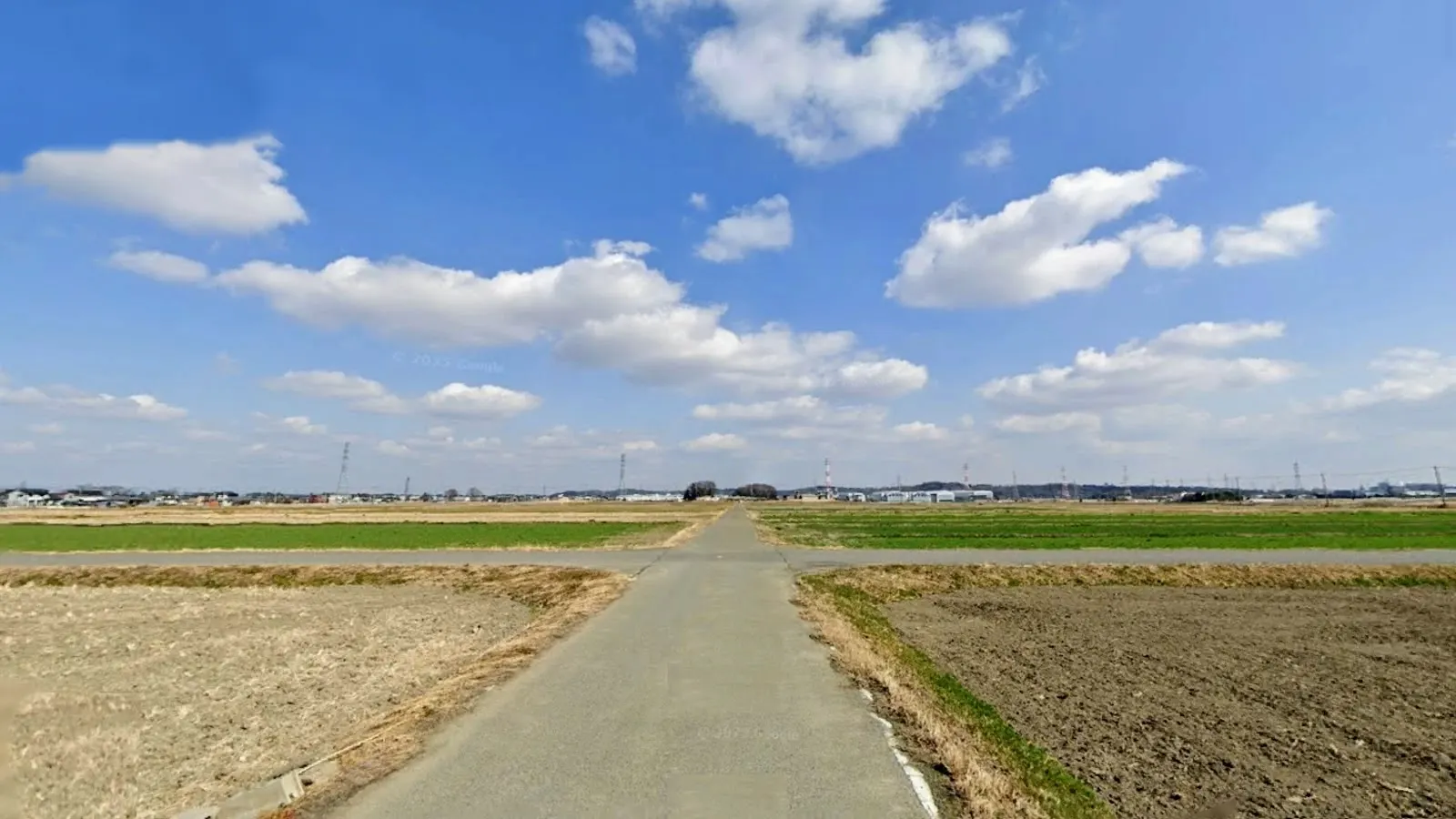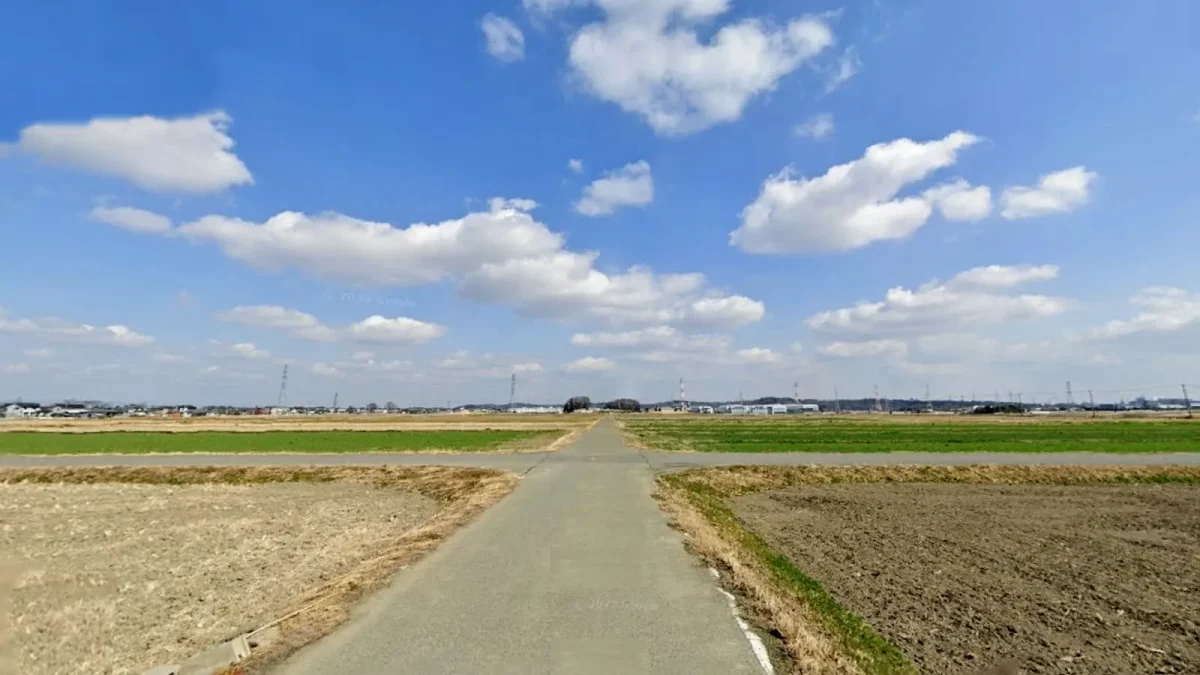
Thanks for visiting the site!
This website mainly introduces my parents and the daily life on our family farm. But the truth is, the Japanese countryside offers so many different landscapes and ways of living, so I want to share that with you. I’d be thrilled if this helps anyone interested in traveling to Japan!
You know, when people talk about “inaka” (countryside) in Japan, it’s easy to think it’s all the same. But that’s so far from the truth! It’s incredibly diverse and fascinating. The lifestyles of the people who live there, the wisdom passed down through generations, and above all, the unique natural environment of each place, all create different “faces of the countryside.”
Japan is a small island nation, but a large portion of its land is mountainous. It’s only been relatively recently that people living in different regions could easily interact across boundaries. That’s why there are so many cultural and customary differences from region to region.
Based on my experiences and a bit of a specialized perspective, I think rural life in Japan can be broadly divided into three main patterns. Of course, within each pattern, there are even more subtle variations in daily life!
- Pattern 1: The “Livelihood-Driven” Style – Directly Utilizing Nature’s Bounty
- Pattern 2: The “Culture Preservation & Exchange” Style – Cherishing Tradition and Connecting with the Outside
- Pattern 3: The “Semi-Rural & Suburban” Style – Enjoying the Best of Both City and Country
- Special Feature: Beyond Honshu! The Northern Frontier, Southern Islands, and Isolated Isles
- Additional Information:
Pattern 1: The “Livelihood-Driven” Style – Directly Utilizing Nature’s Bounty
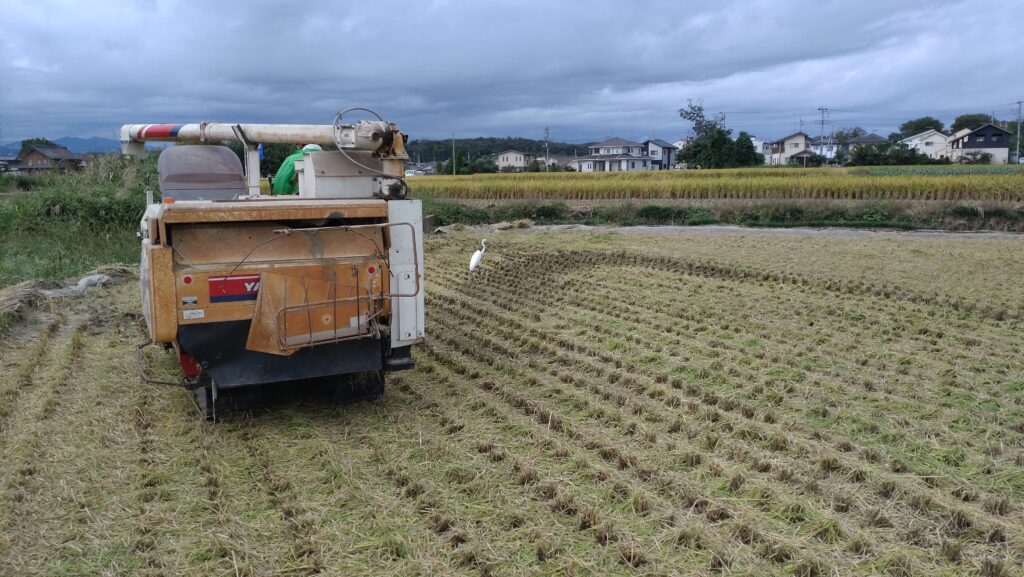
This is the absolute foundation of rural life in Japan. It’s about directly connecting the resources from the land and sea to people’s daily lives and work.
Rice Farming Villages: Living with Rice Paddles
When you picture the quintessential Japanese landscape, vast paddy fields probably come to mind. Here, rice cultivation sets the rhythm for the entire year. You’ll find that traditional systems of mutual aid, like “yui” or “moyai,” are still strongly preserved in some areas.
Upland Farming & Mountain Communities: Enjoying Gifts from the Mountains and Fields

In mountainous areas with less flat land or colder regions, dry-field farming is central, where crops like buckwheat, root vegetables, and fruits are grown. And if the mountains are rich, forestry becomes a vital industry. Communities are often scattered along valleys, creating unique ways of living.
Fishing Villages: Living with the Sea
Along the coast, fishing is, of course, the heart of the town. Whether it’s pole fishing, fixed nets, or aquaculture, fishing methods vary widely. The strong spirit of the fishermen, their deep bonds with comrades, and their gratitude to the gods of the sea are profoundly rooted in their daily lives.
In these types of regions, raising livestock has also been a part of life since ancient times. Even today, some farmers still raise chickens for their own consumption or keep cows for compost on a small scale. Of course, in parts of Hokkaido and Tohoku, dairy farming, beef cattle fattening, hog farming, and poultry farming are major industries that support the region, with vast ranches and large-scale facilities.
Pattern 2: The “Culture Preservation & Exchange” Style – Cherishing Tradition and Connecting with the Outside
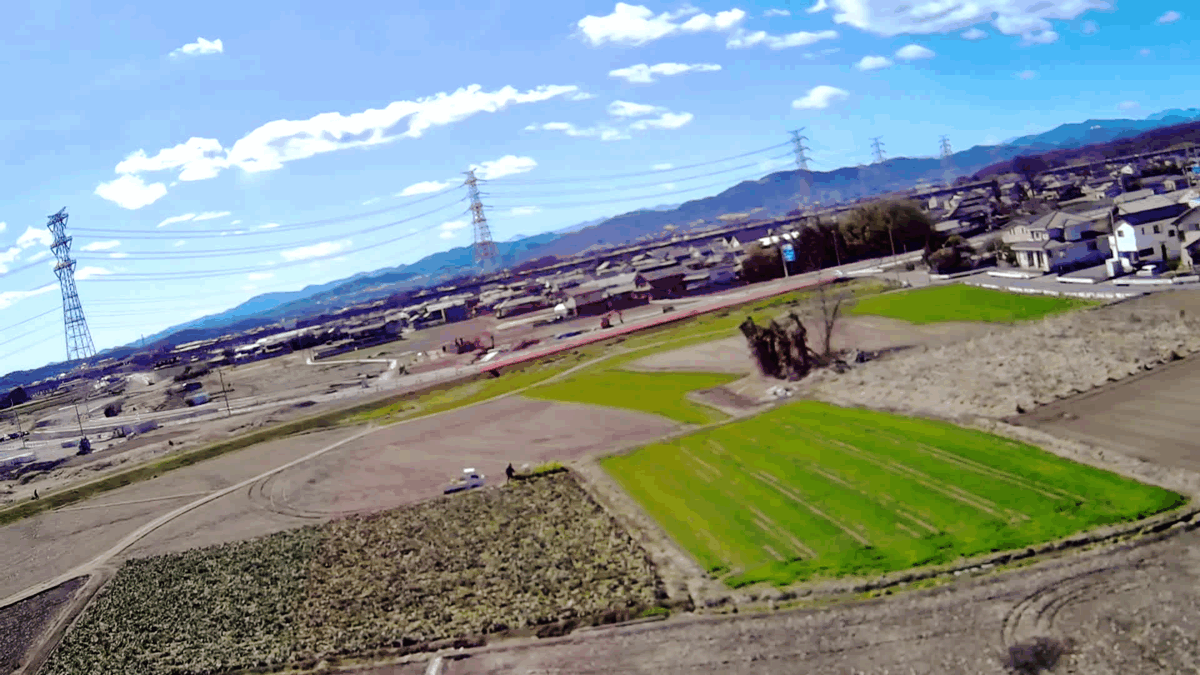
This type has become particularly common recently. As depopulation progresses, these regions are polishing their unique traditions and beautiful scenery as “treasures,” and revitalizing their areas by interacting with visitors.
Historic Villages & Scenic Preservation Areas: Feeling the Breath of History
Think of villages with Gassho-zukuri houses, like Shirakawa-go in Gifu Prefecture, or towns that retain the charm of old post towns. Residents themselves act as guides or renovate old houses into guesthouses, sharing the region’s appeal.
Traditional Crafts & Performing Arts Villages: Inheriting Skills and Arts
Some regions are famous for traditional crafts like pottery, dyeing, or weaving, or for unique festivals and Kagura that have been passed down through generations. Artisans often live and work together, and many places offer workshops and hands-on experiences.
Hot Spring & Resort Towns: Places of Healing and Vibrancy
These are places that have long had a culture of “toji” (hot spring therapy) or have flourished as summer resorts. They are bustling with inns and souvenir shops for tourists, but local life and tourism coexist wonderfully.
Here, you might also find cases where livestock is carefully raised due to its connection with specific cultural traditions, such as bullfighting in Okinawa or in some mountainous areas of Niigata.
Pattern 3: The “Semi-Rural & Suburban” Style – Enjoying the Best of Both City and Country
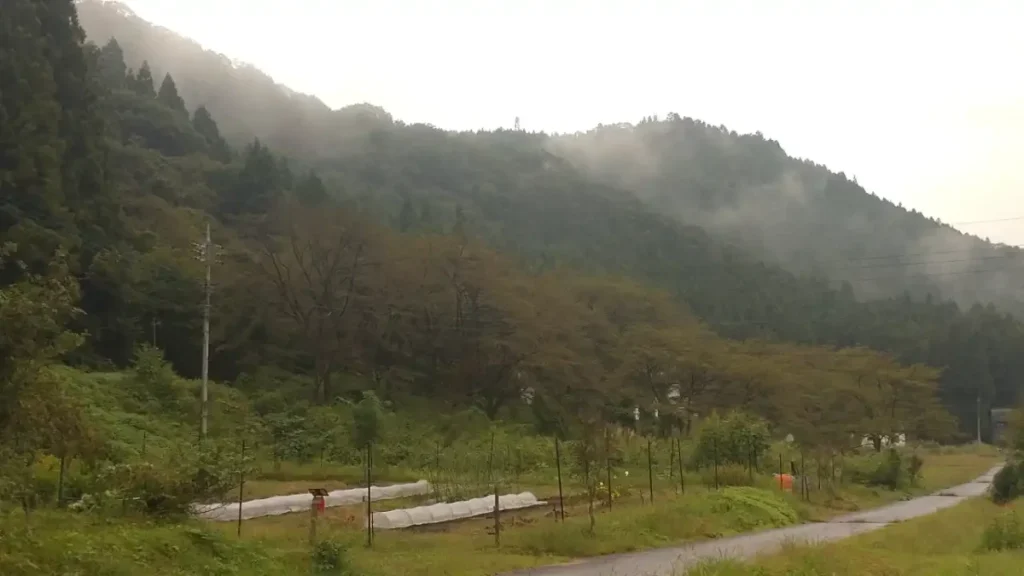
This lifestyle is common in rural areas relatively close to cities or with good transportation access. It’s not about complete self-sufficiency, but about enjoying the relaxed pace of rural life while still benefiting from urban amenities.
Part-Time Farmers: City During the Week, Farm on Weekends
This is a lifestyle where family members work in the city while tending to their fields on weekends or early mornings. With the rise of remote work, more people are moving to the countryside to continue their city jobs, leading to new forms of part-time farming.
Migrants & New Farmers: Bringing a Fresh Breeze
These are people who move from urban areas to start new farms, cafes, or guesthouses. They often bring new ideas and business models without being constrained by local customs, often revitalizing the community with fresh energy.
Commuter Towns: Rural Settings with Urban Amenities
These are essentially suburban areas in a rural setting, where residents primarily commute to nearby cities. While their lifestyle is closer to urban, they often participate in local festivals and buy local produce at roadside stations, still enjoying the benefits of the countryside.
Special Feature: Beyond Honshu! The Northern Frontier, Southern Islands, and Isolated Isles
Now, let’s talk about something special. Within the Japanese archipelago, there are regions that have fostered particularly unique lifestyles. Here, even I’m surprised by the incredible diversity!
Hokkaido: Vast Land and the Spirit of the Frontier
Rural Hokkaido is completely different from Honshu. Its history of “Kaitaku” (pioneering) since the Meiji era directly shapes daily life. Unlike Honshu, where communities developed over hundreds of years, Hokkaido’s communities formed in a relatively short period. Because of this, human relationships are more straightforward, and a strong “frontier spirit” of mutual aid in times of need is deeply ingrained.
Huge Farms and Ranches!
Leveraging its vast land and cool climate, large-scale dry-field farming (potatoes and wheat are famous) and dairy farming are central. The endless stretches of pastures and fields are a completely different sight from Honshu’s rice paddies. Therefore, the raising of cattle and horses is on a totally different scale compared to other parts of Japan.
Battling Harsh Winters
Winters are incredibly severe with heavy snow and cold, so houses, heating, and everything about daily life are designed with unique ingenuity compared to Honshu. Learning how to cope with snow is a major theme of life in Hokkaido.
Okinawa: Sun, Sea, and the “Yuimaru” Spirit Forged by History
Okinawa’s unique history as the former Ryukyu Kingdom and its subtropical climate have created a special way of life.
Wisdom for Coexisting with Nature
The strong sunlight, typhoons, and the abundant blessings of the sea directly influence people’s lives. You’ll see ancient wisdom everywhere in daily life, such as stone walls and windbreak forests to protect homes from typhoons.
The Spirit of “Yuimaru”
The spirit of “yuimaru,” which means mutual assistance, is deeply rooted in the lives of Okinawan people. They have a culture that strongly values connections with relatives and the community.
Annual Events and Traditional Performing Arts
Festivals and events are still actively celebrated according to the lunar calendar, and unique performing arts like Eisa and Kumiodori are deeply integrated into daily life, which is truly fascinating.
In Okinawa, there’s a strong culture of eating pork, so some households still have a tradition of raising pigs for consumption.
Remote Islands: “Shima” Identity and a Life of Mutual Support
Japan has many islands, but each one is like a small universe, fostering its own unique culture and way of life. Although transportation to the mainland can be limited, making them seem isolated, the bonds among the islanders are incredibly strong.
Valuing Resources and a Circular Lifestyle
Due to limited access to water, food, and goods, a spirit of self-sufficiency and a circular lifestyle that avoids waste has developed since ancient times.
Strong Bonds and Mutual Aid
With less interaction with the outside world, the connections among islanders are extremely strong. Helping each other is a given, and traditional customs and practices are still cherished.
Unique Livelihoods
While many islands are centered around fishing, others are known for specific agricultural products like citrus fruits or ingredients for local shochu, or for traditional crafts. Recently, more islands are focusing on tourism to promote their unique charms.
On remote islands, it’s not uncommon for households and communities to raise livestock such as goats, pigs, and chickens, adapting to the island’s environment and culture. Especially when the distribution of goods is unstable, self-raised livestock can play a crucial role in securing food.
So, what do you think? Rural life in Japan is truly profound, and every corner overflows with people’s wisdom, ingenuity, and gratitude for nature. Even though we say “inaka” as a single word, it has such diverse faces, so isn’t it interesting to visit each one?
Additional Information:
- Inaka (田舎): A general term for the Japanese countryside or rural areas.
- Paddy fields (水田): Irrigated fields for cultivating rice.
- Yui (結) / Moyai (もやい): Traditional systems of mutual assistance and cooperation in rural Japanese communities.
- Gassho-zukuri (合掌造り): A distinctive architectural style of traditional farmhouses with steeply pitched thatched roofs, famously seen in Shirakawa-go.
- Kagura (神楽): Sacred Shinto music and dance performed to honor gods.
- Toji (湯治): A traditional practice of staying at a hot spring for an extended period for therapeutic purposes.
- Kaitaku (開拓): The historical process of pioneering and settlement, especially significant in Hokkaido’s development.
- Ryukyu Kingdom (琉球王国): The historical kingdom that ruled the Ryukyu Islands (including Okinawa) before their incorporation into Japan.
- Yuimaru (ゆいまーる): An Okinawan term emphasizing community spirit and mutual support.
- Lunar calendar (旧暦): A traditional calendar system based on moon cycles, still used for many festivals in Japan.
- Eisa (エイサー): A vibrant traditional Okinawan folk dance.
- Kumiodori (組踊): A classical Ryukyuan dance-drama, a UNESCO Intangible Cultural Heritage.

